The refreshed iPhone 8 and the superior iPhone 8 Plus have been labeled by experts as cutting-edge camera phones. Users agree – new smartphone features help to capture rich atmospheric images. The effect is achieved not only with the help of filters and the 'Portrait' mode, the camera itself on smartphones has become different, as if it has been created anew. Although the models belong to the same generation of the company's smartphones Apple, the characteristics of the equipment for shooting are different. Previous smartphones Apple do not compare to the new model, but it is definitely worth discussing the differences between 8 and 8 Plus.
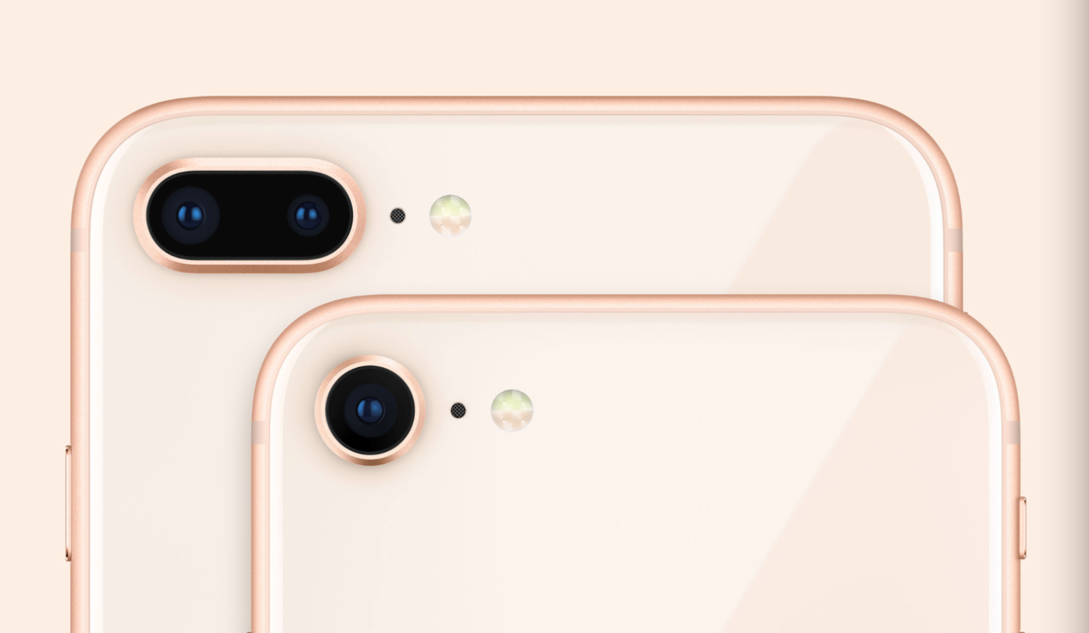
Which camera is iPhone 8
The camera iPhone 8 pleases users with updated color reproduction. At first glance, nothing has changed since the iPhone 7. The developers of the company Apple have taken a serious approach to creating a camera for Apple devices. Users write that the device has learned what the users of the seventh iPhone wanted, including well-designed image stabilization and even focusing. This is important, because the smartphone is bought together with a 'chip' Apple – an HD FaceTime camera. It takes a lot of work to achieve the effect of professional photos, so the benefits of an updated camera should not be underestimated.
The camera software has also received a number of changes. Photos are now rendered faster with the support of the A11 Bionic processor, better individual pixel recognition and default HDR mode to expand the color range. It is worth noting the high-quality video shooting mode in 4K and Slow-motion, the camera successfully copes with photos and videos even in difficult lighting. The kit includes an impressive set of settings and filters, which also has a positive effect on images. The main thing to look out for is the camera specs iPhone 8 – an impressive list.
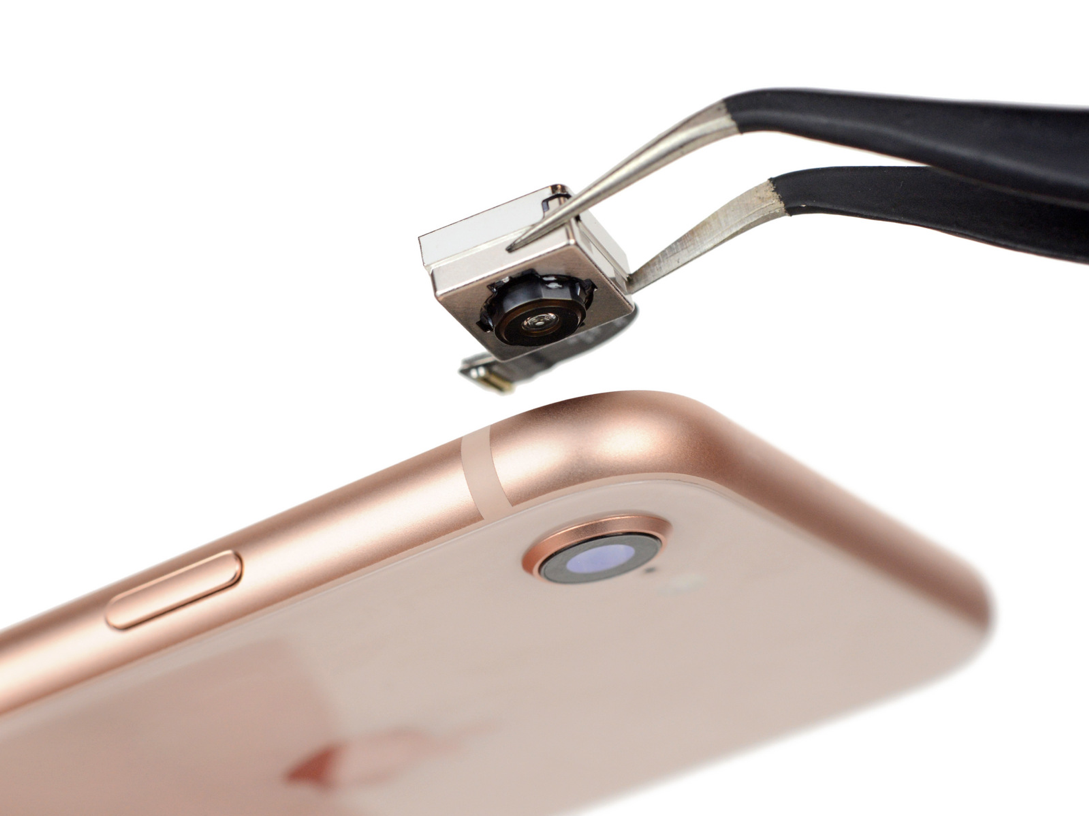
Main characteristics
Before buying a smartphone, users are interested in what kind of camera the iPhone 8 has. Just like in the seventh model, the rear camera of the iPhone 8 received a 12 megapixel matrix, and the front one – 7. The unit for shooting was completely redesigned, the perception of color, shadows and halftones changed. Saturation, brightness and contrast have changed, blur is now 'smart' and stabilization is crisp. The updated camera has learned to highlight contours, accentuate objects in focus, but most of all, the durable coating of the lens is not afraid of scratches. Other characteristics:
- apertures ƒ / 1.8 and ƒ / 2.2;
- only one camera;
- digital 5x zoom;
- optical image stabilization;
- lens with six lenses;
- updated True Tone QuadLED flash with Slow Sync;
- shooting a panorama with a resolution of up to 63 megapixels;
- the lens is protected by a sapphire coating;
- BSI sensor;
- hybrid IR filters;
- Focus Pixels technology with autofocus;
- one-touch focusing;
- stabilization of Live Photos images;
- increased range of shades for photos and Live Photos;
- updated principle of work of local tone mapping;
- exposure control;
- activation of HDR when taking photos;
- preset photo stabilization;
- shooting photos in series;
- timer;
- linking images to a geographic location;
- photo formats HEIF and JPEG.
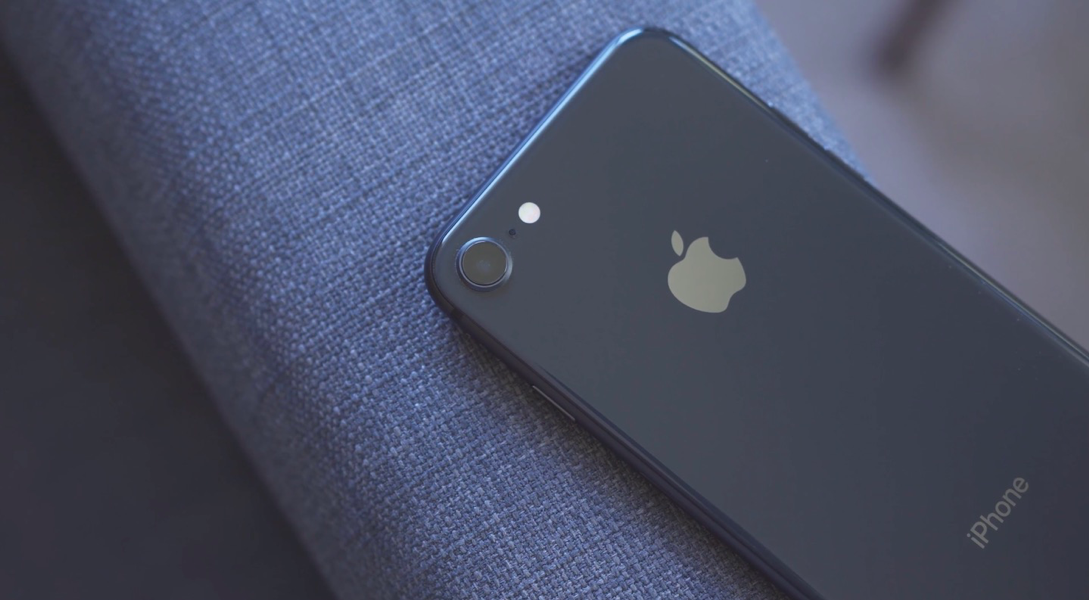
Camera overview
The iPhone 7's camera was no better than its popular and less expensive competitors. Shooting The iPhone 8 sets new standards for amateur photography. The eighth generation camera iPhone was named the best in the global smartphone market. Experts say that the finished images from the camera of the new iPhone leave behind the closest competitors – Google Pixel and HTC U11. The color rendition was called 'honest', although the camera's night mode lacks manual control – the iPhone is used to relying on the technical 'stuffing' of the device, so there are frankly few settings for taking photos in the dark.
But in bright sunlight, the pictures do not go into yellow tones, no additional correction with filters is needed. Users note that the photos come out natural – the way human eyes see the world. Selfie quality is not inferior to the rear camera, True Tone technology builds the image temperature in relation to ambient light and the surrounding world. This will reduce the amount of blue tone when using the camera indoors and in low light conditions. There are practically no exposure errors in cameras, the background will not be overexposed, and the white balance will become the closest to natural appearance.
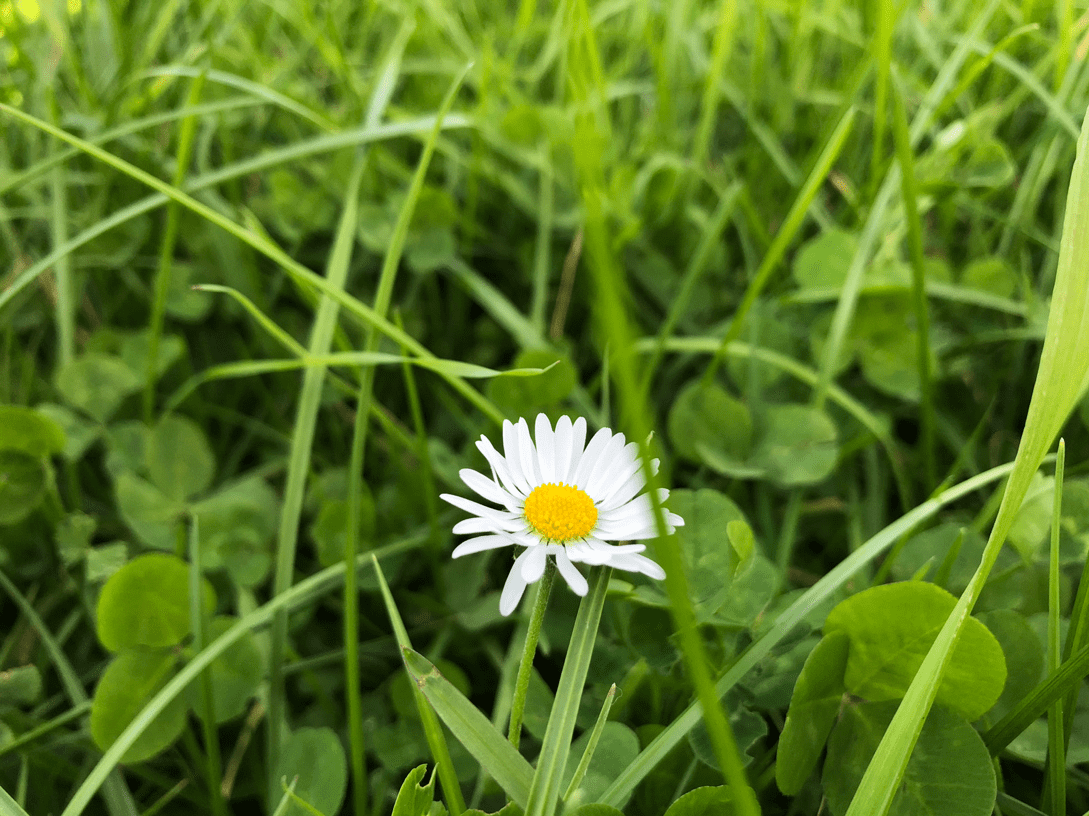
Sample photos
Photos taken with iPhone 8 are distinguished by high-speed image processing. The camera independently selects the desired temperature and shooting mode. Manual settings are available to users if the default image does not suit. The main difference is image stabilization and dynamic color range correction, even on the go. In good weather, you won't be able to take an ugly photo, but the rest of the time you will have to try. Camera improvements are most noticeable in photographs of foliage, flowers, and close-ups of subjects. Improvement of the 'bright colors' function has been noted, images on the iPhone 8 are juicy and reproduce the palette of shades of the surrounding world.
 Photo: Superg.ru
Photo: Superg.ru
 Photo: Damha Urbanizadora
Photo: Damha Urbanizadora interesting 6.1-inch iPhone 12 and iPhone 12 Pro will go on sale first Apple will announce the launch of iPhone 12 from day to day
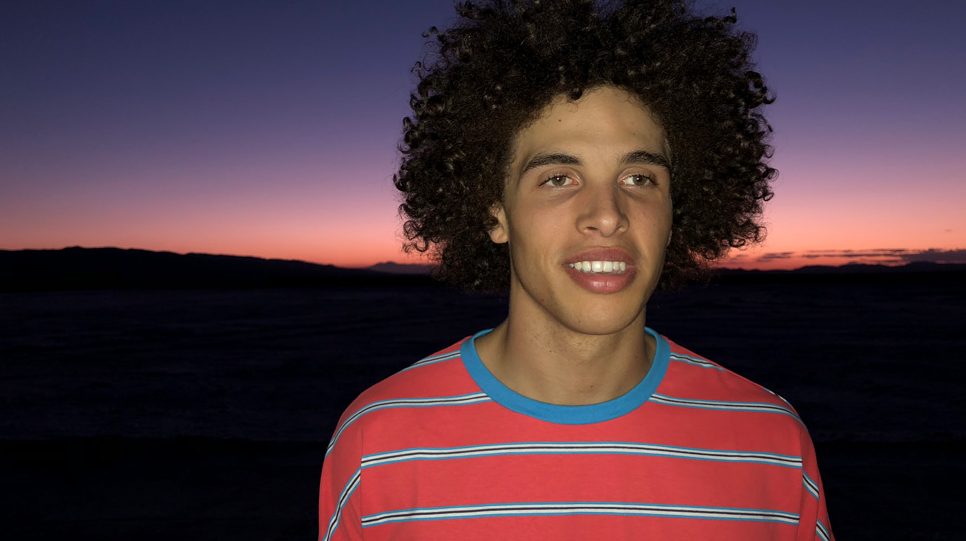 Photo: Apple. Com
Photo: Apple. Com
It can also be seen that the amount of noise in the photographs in the room has decreased. It is not yet possible to completely get rid of such a shortcoming, but now the problem does not attract obvious attention. Shooting video in 4K has also been redesigned – now the picture quality is at the FullHD level, and the FPS has increased to 60. With such shooting, the stabilization quality drops, and the video in slow-motion format is recorded in fits and starts. Users have already noted these shortcomings, in new generations of smartphones Apple it is worth hoping for the correction of errors.
Camera iPhone 8 plus
The built-in camera iPhone 8 Plus does not surpass its 'little brother' in terms of technical characteristics. But 'eight Plus' would not have been an improved version iPhone 8 without innovations – the smartphone's camera received two lenses at once. The enlarged view had a positive effect on the quality of the photos, the additional rear camera made it possible to focus even on distant objects. The improvements look insignificant, but in fact, you can see the difference with the naked eye. Apple is going in the right direction, improving the quality of shooting in new generations of smartphones. The number of lenses and cameras is changing, but the beauty of photographs remains at its best.
Another innovation, which bypassed the 8 model, but appeared in the iPhone 8 plus, is the portrait mode. The company presented five effects at once:
- natural lighting with a blurred background;
- stage lighting on a black background;
- stage lighting in black and white;
- in focus studio lighting;
- grayscale contour lighting.
Otherwise, there are no significant differences between cameras between 8 and 8 Plus, but the older model works better with complex textures and details. If this feature is important to the buyer, then it is worth choosing 8 plus.

Main characteristics
The technical characteristics of the rear camera 8 Plus are identical to those of the iPhone 8, the front camera is the same completely. Full list of technical specifications for the iPhone 8 Plus camera:
- dual camera 12 megapixels;
- wide-angle lens with ƒ / 1.8 aperture;
- telephoto lens with / 2.8 aperture;
- optical 10x digital zoom;
- work in portrait mode;
- portrait lighting filters;
- stabilization of photos;
- six objective lenses;
- Flash True Tone Quad LED;
- shooting in panorama mode
- sapphire crystal for lens protection;
- BSI sensor;
- hybrid IR filter;
- pre-set focus;
- focus by pressing;
- stabilized Live Photos;
- expanding color ranges for images;
- updated tone mapping;
- exposure alignment;
- HDR mode operation;
- configured 'default' photo stabilization;
- burst shooting mode;
- timer setting function;
- geodata binding to photos;
- support for HEIF and JPEG formats.
Improvements were made to the lens itself, which was tuned to improve performance in portrait mode. The updated portrait lighting is more stable than on the iPhone 7. Users appreciated the convenience of portrait mode – effects are easy to add and remove from images.

Camera overview
The disadvantages of the camera on the iPhone 8 Plus include stabilization, which is present only on a wide-angle lens. Experts note the oddity of this solution – it would be wiser to install stabilization on the telephoto lens due to the increased sensitivity to camera shake. There are also positive aspects – the updated matrix works with 'deep pixels', which improves the energy efficiency class. Improved color filters are located inside the camera, but users find that fine color reproduction is achieved with well-designed shooting software.
People involved in photo processing using a computer shared their impressions – the iPhone 8 Plus camera captures more details, correctly emphasizes accents, but in low light, noise appears in the photo. But compared to the previous generation of 'apple' products iPhone, the 8 plus has taken a big step towards improving the quality of photos. Even opponents Apple were jealous of the G8's new dual chamber. The owners of the device believe that the breakthrough in photography has benefited both the phones and the company itself. As a bonus, the bulging lens made the design of the smartphone more interesting, reducing the similarity of the smartphone with the previous 'seven'.
 IPhone 8 – left, iPhone 8 Plus – right
IPhone 8 – left, iPhone 8 Plus – right
Comparison of cameras iPhone 8 and 8 Plus
Under the light of artificial lamps, the difference between 8 and 8 Plus cannot be seen, the cameras behave identically in high light conditions. The only difference is that the 8 plus has a wider camera angle than the 8. In conditions of a lack of light, the older device shows itself better, even at night more details are captured. It's pointless to compare cameras of representatives of the eighth generation of iPhones – the 8 plus dual lens will always be one step ahead. If image quality plays an important role, then the choice is unambiguous in favor of iPhone 8 plus – an excellent camera with tons of settings and filters.
